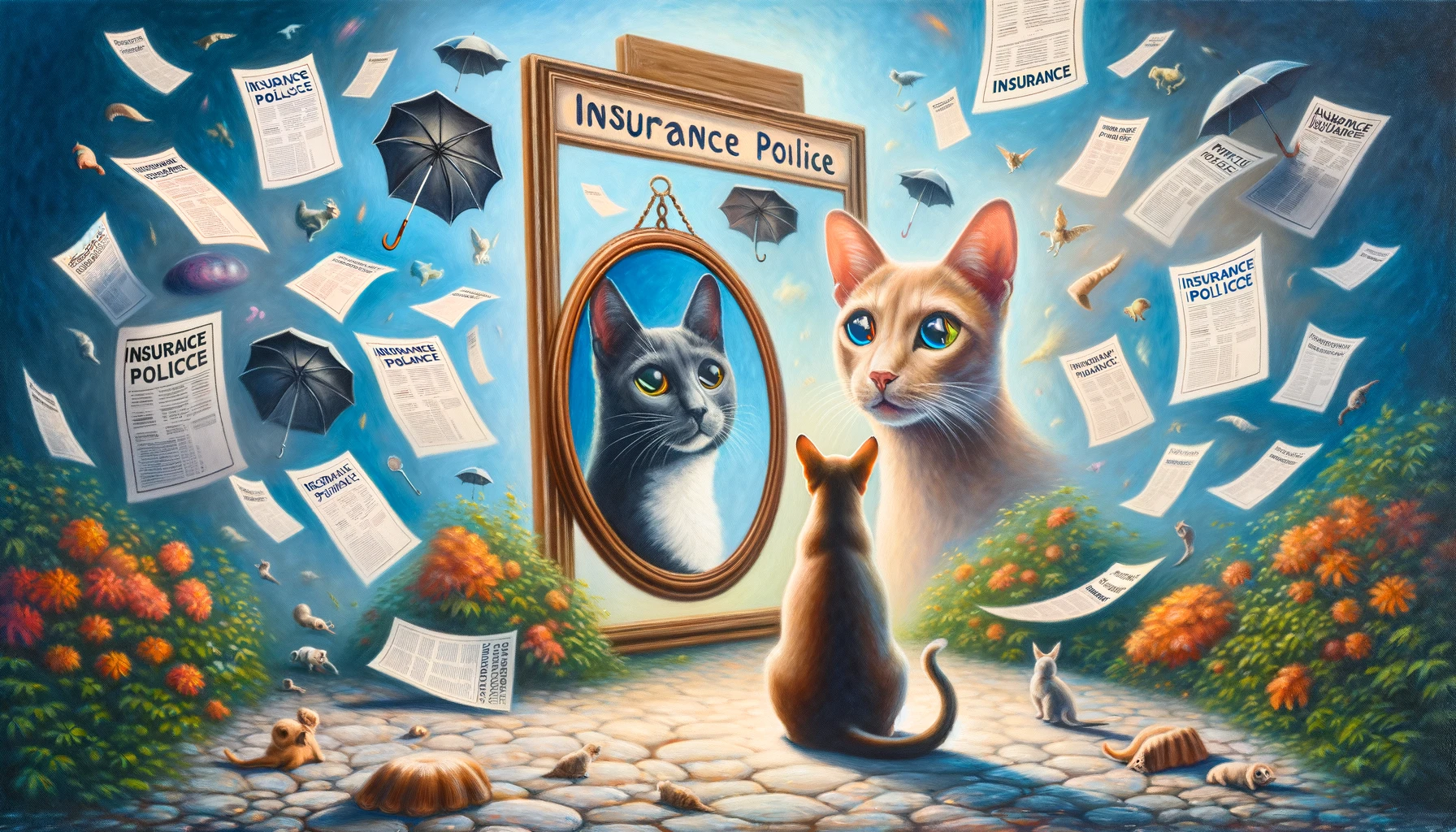Selecting the right pet insurance policy requires careful consideration and research. With a variety of plans available, each with its unique coverage options, exclusions, and premiums, it’s easy to feel overwhelmed. Understanding the common pitfalls in the process can help you make a more informed choice, ensuring that your pet is covered in the best way possible. Here are the six mistakes to avoid, ensuring a smoother journey toward securing your pet’s health insurance.
1. Waiting Too Long to Purchase Insurance
One of the most common mistakes pet owners make is waiting too long to purchase insurance. As pets age, they are more likely to develop health issues that could be considered pre-existing conditions, which are typically not covered by insurance policies. Additionally, premiums tend to increase as your pet gets older. Purchasing insurance when your pet is young and healthy can save you money in the long run and ensure that you have coverage when you need it most.
2. Not Reading the Fine Print
Failing to read the fine print of a pet insurance policy can lead to surprises when you file a claim. It’s crucial to understand what is covered and what is not, including any exclusions or limitations. Pay attention to details such as waiting periods, deductibles, co-payments, and coverage caps. Knowing the specifics of your policy can prevent disappointment and ensure you know exactly what you’re paying for.
3. Choosing the Cheapest Policy Without Evaluating Coverage
While it’s important to find a policy that fits your budget, choosing the cheapest option without considering the coverage details is a mistake. The least expensive policy may not provide adequate coverage for your pet’s needs, leading to high out-of-pocket costs down the line. Evaluate what each policy offers in terms of coverage, including accident, illness, and wellness protection, and compare this against the cost to determine the best value for your pet.
4. Overlooking Breed-Specific Conditions
Different breeds of pets are prone to specific health issues. For example, certain dog breeds are more susceptible to hip dysplasia, while some cat breeds may have a higher risk of heart disease. When purchasing pet insurance, ensure the policy covers breed-specific conditions that your pet may face. Overlooking this aspect could result in significant veterinary expenses that aren’t covered by your insurance policy.
5. Ignoring Customer Reviews and Company Reputation
The reputation of the pet insurance provider is as important as the details of the policy itself. Ignoring customer reviews and not researching the company’s track record can be a critical oversight. Reviews and testimonials can provide insight into the insurer’s customer service, claim processing times, and overall satisfaction. Choose a company with a strong reputation for reliability and customer support to ensure a positive experience when you need to rely on your pet insurance.
6. Not Considering Wellness and Preventive Care Options
Many pet owners focus solely on accident and illness coverage, overlooking the importance of wellness and preventive care. While not all policies include these options, they can be invaluable for maintaining your pet’s health. Coverage for routine check-ups, vaccinations, dental cleanings, and flea and tick prevention can help catch health issues early and prevent more serious conditions from developing. Although adding wellness care might increase your premium, it could save you money in the long run by promoting your pet’s overall health.
Choosing the right pet insurance is a crucial decision that can significantly impact your financial stability and your pet’s health. By avoiding these six common mistakes, you can select a policy that offers comprehensive coverage, fits your budget, and provides peace of mind. Remember, the goal of pet insurance is not just to save on veterinary costs, but to ensure that your pet can receive the best possible care whenever they need it, without financial constraints limiting your options. Take the time to research, compare, and consider your pet’s specific needs to find the perfect insurance plan.



